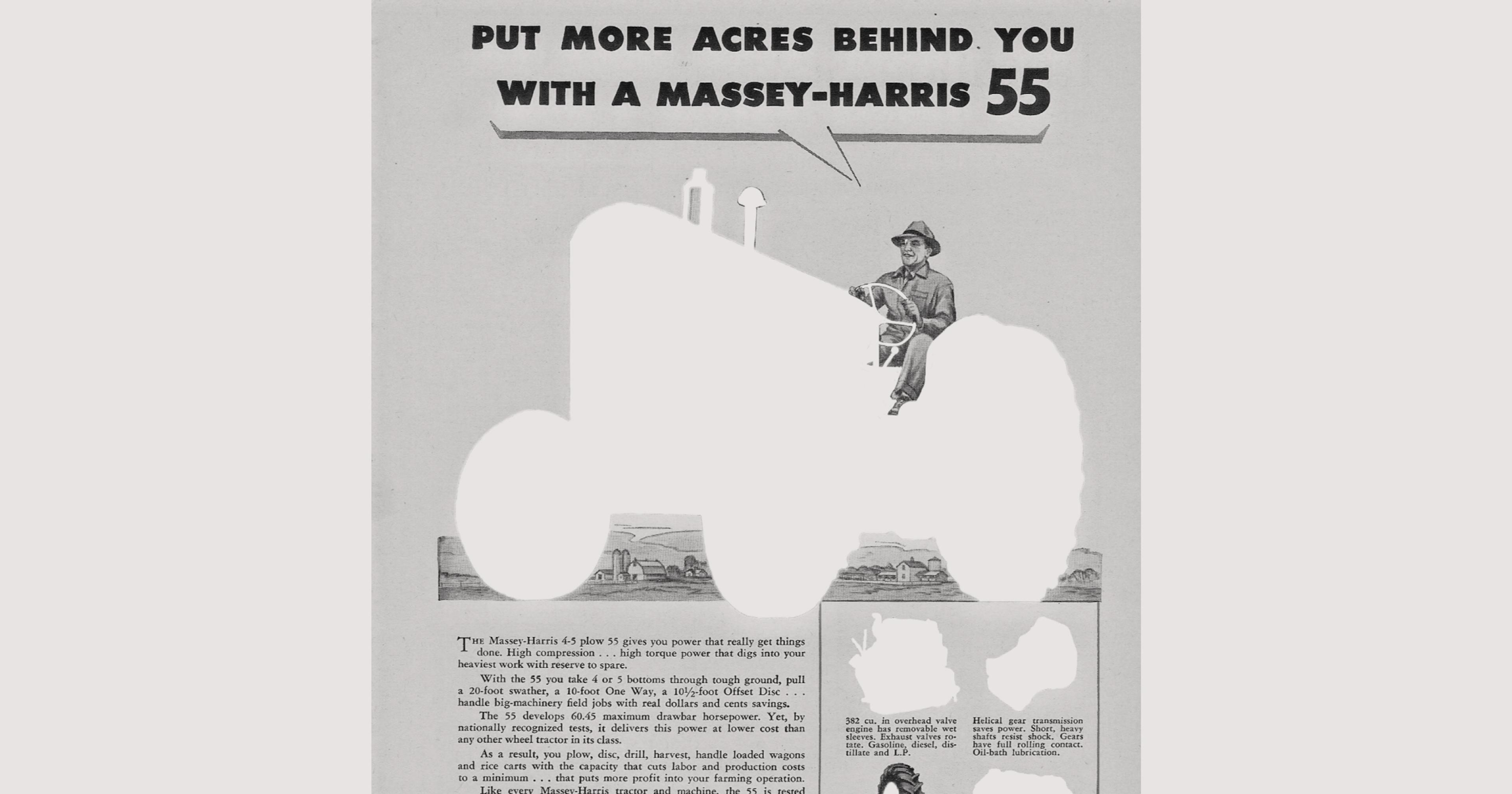Low inventory, long wait times, and raised prices are leaving manufacturers, dealerships, and farmers feeling the pinch.
Farming equipment like combines, tractors, harvesters, and anything else made from steel — basic machinery which many farmers need to function — that once lined dealer lots across the country have become not only more difficult to afford, but to find entirely.
“If you look around at the farm equipment dealerships here in the state, their lots are as empty as I’ve ever seen them,” said Walter Schweitzer, president of the Montana Farmers Union and third-generation farmer and rancher in Geyser, Montana.
The lack of available equipment is a result of steel shortages and supply chain problems that have left manufacturers in a range of industries reeling. And as the nation grapples with the shortage, farmers are facing the consequences.
When assigning blame for the shortage, don’t expect one singular issue to point a finger at. Instead, the current state of the agricultural machinery market has been close to a decade in the making. Falling commodity prices hit the industry hard in 2013, resulting in less demand — and, therefore, production — of new agricultural machinery.
But it’s been the last four to five years that the industry has suffered its biggest blows. The steel industry had a major setback in 2018, when a 25% tariff on steel imported into the U.S. from other countries resulted in higher prices across the market.

“A whole lot of our steel in the United States comes from China or certainly comes from overseas,” said Curt Blades, senior vice president of agriculture services and forestry at the Association of Equipment Manufacturers (AEM). “So that created some pricing challenges within steel that we’ve been feeling for quite some time.”
Then the pandemic made matters worse. Covid-related closures and canceled orders from manufacturers slowed steel production, so when the demand for machinery rose again, prices skyrocketed and supply struggled to keep up. Between 2020 and 2021, values for common farm machines like sprayers, tractors, and combines rose anywhere from 6-27%.
Like many other industries, post-pandemic labor shortages and transportation challenges are also prominent in steel manufacturing — all factors leading to an outcome that most in the industry today have never seen before.
“This is an anomaly,” said Blades. “That’s what our members are telling us, is that this is just something they’ve never experienced.”
“Our members are telling us that this is something they’ve never experienced.”
Manufacturers, dealers, and customers all took a hit in light of the lacking steel supply. For ag machinery dealerships, the shortage resulted in low inventory and empty lots, and left them scrabbling to supply customers with machines.
Kim Rominger, president/CEO of the North American Equipment Dealers Association, said the impact of the shortage on dealerships was nationwide. “With very few exceptions, every dealer had to face a lot of this,” he said.
At times, the waiting period for new machines was as long as 8-12 months. And farmers can’t afford to wait. Farmers need proper machinery at every phase of operation, from planting to harvest — leaving them particularly vulnerable to machinery shortages.
“The window in which we use the equipment is very, very tight,” said Blades, who also operates a 5th-generation grain and cattle operation in Missouri with his family. He explained that the steel shortage impacts agriculture uniquely, as many producers can’t function without the necessary equipment. “The timing windows are very specific. In other words, you’ve got to have combines available for harvest. You’ve got to have planters available for planting. You need to have tillage equipment available for tillage. If you missed that window, you missed it for a year. That puts some pressure on it.”
Of course, not all farmers rely on large machines and tractors to work their land. Those producers, usually operating smaller-scale farms, can add not relying on potentially volatile steel markets to the list of advantages of not using large machinery.
“If you truly need that new piece of equipment to get your job done, it can be disastrous.”
In fact, the reliance of agriculture — and other industries like automotive and construction — on steel might fade in the future. Thanks to the volatility of steel market prices over the years, some manufacturers are looking to other raw materials to supplement the metal. Lower manufacturing costs, reduced weight, and better corrosion resistance are reasons some manufacturers have been switching from metal to plastic for certain parts. Researchers are spending time developing new materials with the goal of higher hardness, lower density and higher corrosion and erosion resistance — with the potential to replace steel in the future.
But as of now, when it comes to agriculture, much of the necessary, heavy-duty equipment is made from steel — meaning the shortage is particularly challenging for the industry. Without the right machine, farmers can’t do their job. And limited options leave some farmers to make tough decisions.
“If you truly need that new piece of equipment to get your job done, it can be disastrous if you’re not able to harvest a crop or get your crop planted,” said Schweitzer. Without access to new machinery, he added, “In most cases, you’re just forced to fix and spend money on an older piece of equipment and risk it breaking down in the field.”
Thanks to supply chain uncertainties, even when buyers were lucky enough to secure new equipment through a dealership, they sometimes had to put deposits down with no guaranteed final price — or delivery date.
According to Rominger, this caused a unique issue for dealers and farmers, as even the producers who secured a new machine had to wait indefinitely for its delivery. In the meantime, some farmers were forced to continue to use the old machines that they had leveraged as trade-ins for their new rigs — effectively depreciating their value in the process.
“The only solution to all of this is time.”
“When a dealer’s customer purchases the unit, generally speaking, they take a trade. So they value that trade based on [the machine’s] current condition at the time of the sale,” said Rominger. That means if the new machine doesn’t come in time and a farmer has no choice but to use their old one, the dealer takes the monetary hit when the agreed-upon trade is no longer worth as much money.
However, the shortage did solve one woe on the side of equipment dealerships, said Rominger. Instead of the overstock of used machinery that many dealers struggled to move off their lots before the shortage took hold, the lack of newly manufactured options led to a surge in used equipment sales.
“A couple of years ago, we were overstocked with used,” Rominger said. “It was a real burden on the dealers to solve that problem, at least in the short term.” Now, high-quality used equipment stock has gone from replete to rare. It’s a godsend for dealers — for farmers, not so much.
Just as the cause of the shortage is complex and layered, forecasting its end is equally complicated. Fortunately there are signs it has been slowly letting up. Rominger said he is getting fewer concerned calls from dealers across the nation, and stockyards are slowly filling back up with inventory. But a clear end date to the steel shortage is still not on the horizon.
According to Blades, time is the only thing that will untangle the many moving parts of the problem entirely.
“The only solution to all of this is time,” he said. “We might see some signs of life towards the end of the year,” he said. “When we’re talking about labor shortages, they are with us for a while. Talking about transportation challenges, they’re with us for a while … It just takes a little bit of time for these things to work themselves out.”







